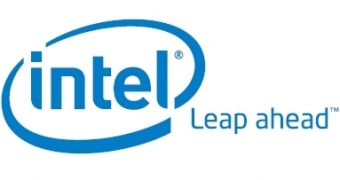Intel's upcoming processors have been in the spotlight for quite a while now and, as their launch time approaches, more and more info and speculations on their release dates and specifications also emerge to the Web. While the end of this year will see some of them hitting the market, the initial roadmap on these chips was said, at a certain moment, to have changed a little, mainly in what concerns the CPUs planned for release in the second half of 2009.
Recent news came to unveil the fact that two of the chips, Lynnfield and Havendale, which were recently believed to be delayed for January 2010, will actually be coming in the third quarter of the next year, as initially planned. The new chips are based on the 45-nanometer Nehalem architecture, and the Havendale microprocessor will be the first to feature an integrated IGP. It seems that Nehalem's chief architect confirmed the second half of 2009 as the launch time frame for the chips.
It looks like these CPUs will feature the same cores, yet the company says that their number can be easily changed, as well as the number of memory channels, QPI links, size of L3 cache, type of memory or power management, and an integrated graphics solution might very well be added inside the chip. There is no doubt about the fact that the giant chip manufacturer has put a lot of efforts into making the Nehalem architecture a leading edge.
The next-generation Intel chips will be able to perform 4 wide instructions, will feature a low latency cache and will come with 8MB L3 cache. The memory controller inside the Nehalems is DDR3, and the chips also include Turbo and Hyper Threading, which leverages performance. If it comes to comparing these CPUs with the Barcelona or Deneb chips, the difference is easy to see, at least from Intel's point of view. AMD's microprocessor can perform only 3 wide instructions, it has a smaller amount of cache and it features a DDR2 memory controller.
It seems that Intel believes Advanced Micro Devices can't go for the DDR3 or, if it does, that it can't get three-channel memory. While Deneb is a 45nm native quad-core and features shared L3 cache memory and integrated memory controller, it still has to compete with Intel's Turbo and Hyper Threading, and that might be a problem. There are a lot of similarities between the CPU architectures of the two manufacturers, but this happens, as Nehalem's chief architect was quoted to have said, because "smart people often come to the same ideas."

 14 DAY TRIAL //
14 DAY TRIAL //